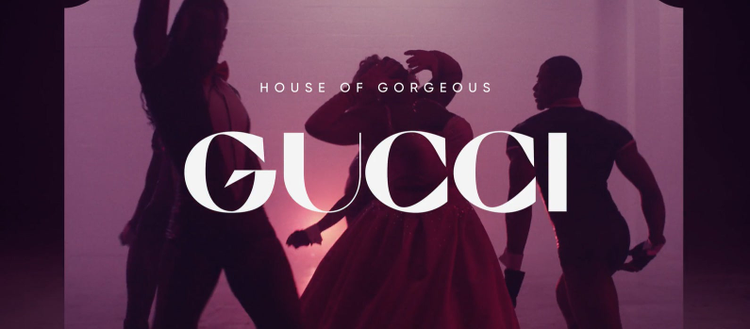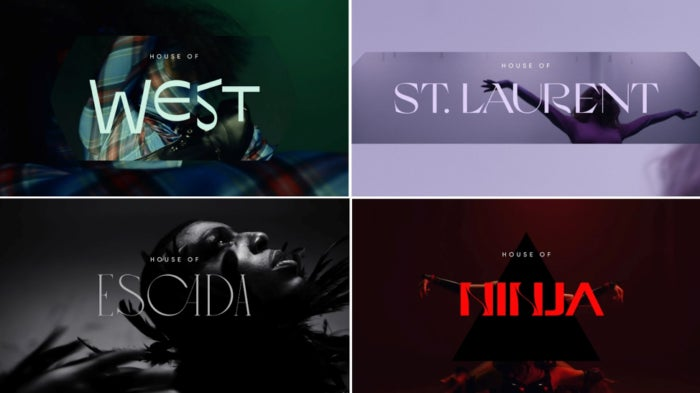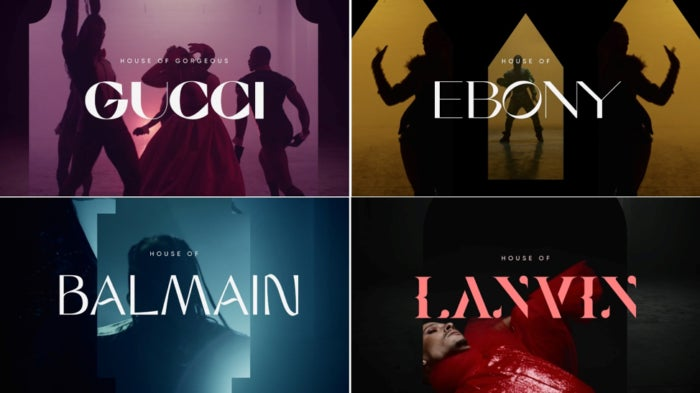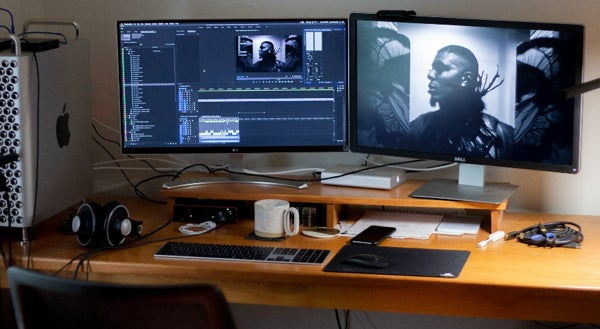“Legendary” Shines the Spotlight on Underground Ballroom

Image Source: Sibling Rivalry.
With its debut on HBO Max, reality series Legendary combines modern dance, art, and fashion to bring underground ballroom culture to the masses. As eight teams of five dancers compete for the top prize over the course of the nine-episode series, viewers get a front-row view into an expressive and extravagant artform that’s existed since the early 20th century.
Sibling Rivalry’s Gabe Darling edited the series’ title sequence. We spoke to him about his creative process, what inspires him, and why now is a good time for content creators to get creative about their work.
How and where did you first learn to edit?
I first learned to edit VCR to VCR when I was 12 years old or so, then on an early version of Premiere in high school, and finally really learned the theory and method in film school. They prohibited us from doing any work on computers at first and made us use old Steenbeck flatbeds. That was the first time I learned what things like “bins” and “clips” actually meant and that if you don’t keep things organized, in your head and in physical space, things go off the rails quickly.
How do you begin a project/set up your workspace?
I always start by setting up my window layout, keyboard shortcuts and rough arrangement of my bins and folder structure. Then coffee. Then just dive in.
Tell us about a favorite scene or moment from this project and why it stands out to you.
There’s always a moment when you’re trying to put it together and something clicks. This is a project that’s all about competing houses in the underground ball scene. So, when I used one of the defining house shapes to frame out a portrait of a house mother on top of a plate with complimentary motion and lighting changes, it clicked. The spirit of this particular culture comes from its juxtapositions. They’re both high fashion and grungy underground, ragtag group and royal family. When you find that guiding aesthetic principle, it just guides the rest of what you’re doing. Probably no viewer will exactly see what we’re doing but hopefully they feel it in some way.

Image source: Sibling Rivalry.
What were some specific post-production challenges you faced that were unique to your project? How did you go about solving them?
We had a lot of subtle retime and comp work that had to be on-point and done quickly. It also needed to be flexible because we had layers of approval and needed to execute changes in our 4k pipeline easily and, again, QUICKLY.
What Adobe tools did you use on this project and why did you originally choose them? Why were they the best choice for this project?
Premiere Pro has just been our NLE of choice for a long time now. In particular, the interoperability with After Effects was the key to this one. We needed to rough comp in sequence and pass to After Effects for finishing. We used dynamic linking to keep things refreshing and at full resolution all the way to final conform.
What do you like about Premiere Pro, and/or any of the other tools you used?
We work on such a wide variety of things, from commercials to films, to odd format experiential and VR, with varying scopes and schedules. So, we really need a toolset that can handle any kind of project and format we throw at it, which Premiere does, especially when combined with After Effects.

Image source: Sibling Rivalry.
What’s your hidden gem/favorite workflow hack in Adobe Creative Cloud?
Honestly, it’s a bit boring, but copy and paste. I don’t know that anyone realizes what a revelation that is. That I can grab a stack of clips from Premiere and copy and paste them directly to an After Effects composition with all its effects, masks, and retimes. Do you know how much wrangling that used to take??
Who is your creative inspiration and why?
I tend to get inspired by a wide variety of things. From a book that I’m reading to a film I saw, to an album I keep listening to, to an exhibition somewhere, to creators posting on Twitter or Instagram. I think all areas of creativity are interconnected and as creative people we need to draw on all of it.
What’s the toughest thing you’ve had to face in your career and how did you overcome it? What advice do you have for aspiring filmmakers or content creators?
I’d say right now is one of the toughest times, for a lot of reasons, but creatively it’s tough because we’re learning ways of doing things remotely that used to involve such direct human interaction. Hopefully, we’re learning that there are new ways of creating that we haven’t even thought of. So, I guess I’d say keep yourself open. You may not be able to work in ways that are familiar to you but that might mean you stretch into new areas of interest and creativity.
Share a photo of where you work.

Image source: Gabe Darling.
What’s your favorite thing about your workspace and why?
Well since I’m at home, it’s probably my dog, Tomatillo, sleeping at my feet.